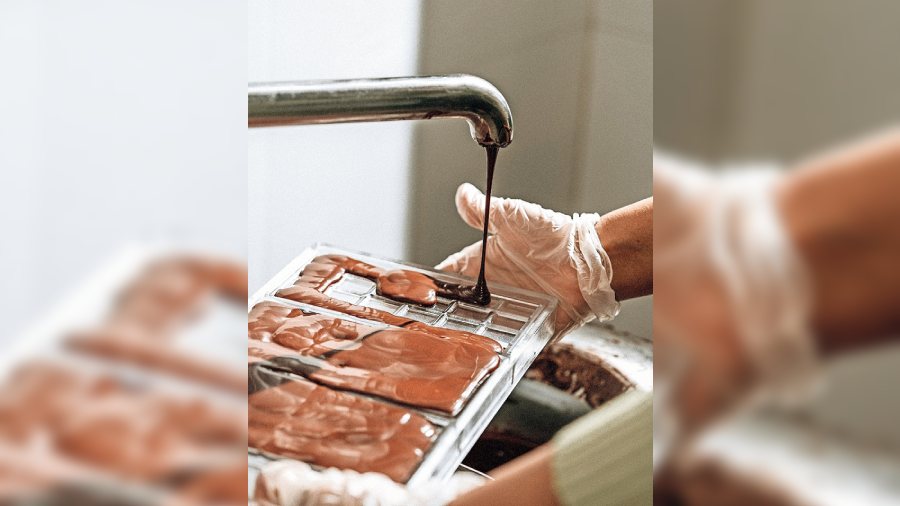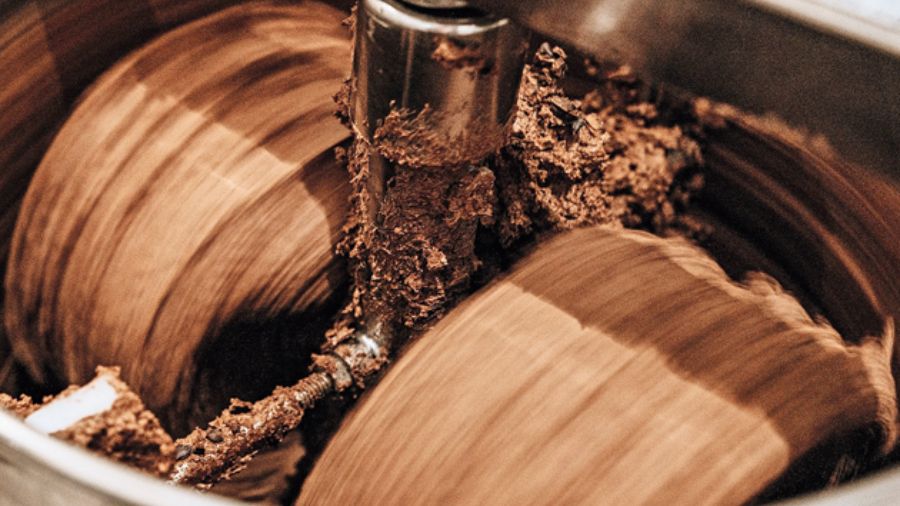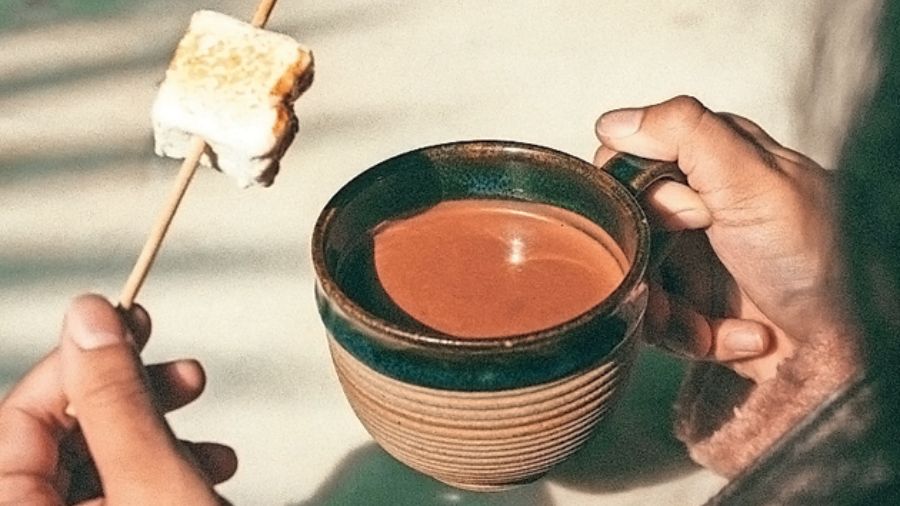It’s a guilty indulgence for many, and an absolute can’t-do-without for some, but chocolate is a major part of the food and beverage industry and its application across desserts, drinks, as well as mainstream food items cannot be denied. This World Chocolate Day, we decided to focus on an Indian artisanal chocolate brand that’s making waves and practices the ethos of home-grown, sustainable bean-to-bar chocolate making. COLOCAL is a Delhi-based brand that retails in the city at Roastery Coffee House in South Calcutta, where all chocolate-based desserts are also made using single-origin chocolate from COLOCAL. The brand is co-owned by Sheetal Saxena and Nishant Kumar Sinha. Nishant also co-owns the chain of Roastery Coffee House. The Telegraph caught up with Sheetal, on sustainability, chocolate making, pairings and more.
What is the idea behind the COLOCAL?
The concept is based on strategically sourcing locally grown cacao and transforming it into the finest, skilfully blended chocolate available for all the chocoholics out there in every possible form. The idea behind the brand is to introduce people to the craft chocolate world, where they get to taste real chocolate with their varied notes, made out of premium quality Indian beans.
The process of making craft chocolates is often seen as the most complex and layered product to work with. The whole process from bean to bar is an extensive and far-flung activity, involving a lot of steps before the final bar is produced.

What are the steps involved that take the chocolate from bean to bar?
The brand sources the cacao from Tamil Nadu and Kerala, the two regions where the best quality cacao is grown in India. Once the beans are plucked from the cacao tree, they are then taken for fermentation at a high temperature to get the right profile. After fermentation, the beans are left for three-four days to dry completely before the process of roasting starts. Roasting is the most important yet momentous part of the entire process. It brings out the desired notes, taste, colour and texture of the cacao beans. Once the beans cool down, they are cracked open and separated. Then the cacao nibs are crushed and sugar is added to make the final chocolate bars. After the cacao nibs are crushed and made into chocolate liquor, they are further conched to remove the acidic acids from the bar for a better after-taste.
Tempering is the final step and this is what decides the final finish, look and taste of the chocolate. All chocolates are tempered at different temperatures and are packaged and distributed around the world. The entire process of making a bar out of roasted cacao beans takes up to 72 hours.

Who is a craft chocolate maker?
A craft chocolate maker is somebody who is involved in end-to-end processing, from sourcing of beans to supervising the fermentation and taking the whole bean to our process. Craft chocolate is usually expensive because we make chocolates in small batches, also because the quality of the bean is high and the unit cost is more.
The chocolate that is so easily available today has a 4,000-year history that started in old Mexico. It was in the same place that the cacao plants were found. The Latin Americans were quick to transform the cacao plant into chocolate. They drank this chocolate during customs and it then evolved as medication. Years passed by and by the 15th century, the Aztecs used those cocoa beans as currency for barter systems.
Travelling from Spain and Europe, the royals started consuming chocolate for its health benefits. In 1828, the invention of the chocolate press revolutionised chocolate making; now one could squeeze cocoa butter from roasted cacao beans, leaving a fine cocoa powder behind.
Multiple experiments led to newer inventions and then liquid chocolate that was poured into moulds was born. So on, so forth, life of desserts changed forever.

If someone were to set up a chocolate board at home for guests, what are some of the pairings that one should be looking at?
Best parings with chocolate include:
- Strawberries
- Coffee
- Nuts
- Cheese such as Gruyère
- Pretzels and croissants
- Wine
As we all know, working with chocolate is a pretty tricky subject. What are some of the most common mistakes we make while working with chocolate and how to avoid it?
- Choosing the right chocolate, whether your recipe requires a bittersweet dark chocolate or the righteous milk chocolate, is important.
- Melting the chocolate at the right temperature isn’t a challenging task but it can be tricky for someone new to the process. It’s advised to use a food thermometer for achieving the right temperature.
- Adding melted chocolate to wet moulds is a big no! Always make sure your moulds are dry and clean.

Acidicty control plays a big role in artisanal chocolate making. What’s your take on the same?
We are trying to remove acidity in terms of percentage and be able to play with it and understand what is the percentage we want to do. We have total control on acidity and we can play as to how we like the taste of it. So, we are the first one to do conching. Every chocolate we produce, we see the macron size should fall between 15-25 and if it is above that then it means it is too grainy for our level. We have a device to monitor this, which enables us to make sure our chocolate falls under macron size and we can mould it anytime.
What are some of the new processes introduced in chocolate making at COLOCAL?
First being the Giesen roaster, which is a customised roaster for roasting our cacao beans and second is the conching machine, which helps us in taking control over the acidity in our chocolates so we can bring out the notes in our single origin chocolates.
Sustainability and zero-waste are some of the big concepts in today’s times. How do you contribute towards it?
We are experimenting with cacao drinks a lot, our most favourite being Cacao Cold Brew and Cacao Sangria, which promote zero-waste as we reuse our cacao husk and don’t throw it away. We infuse the drink and make a cacao decoction.
What are the upcoming offerings from the brand?
Right now, we want to focus on our quality, make consistent and good baking chocolate for the market and also come up with just the single origins. The reason behind this is that we want people to be able to taste the notes in our chocolate.
Pictures courtesy: COLOCAL
